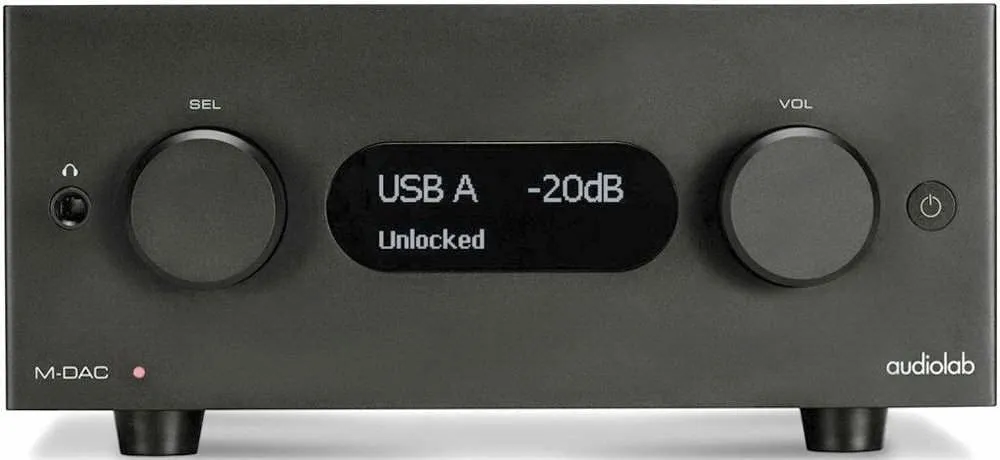As any music lover will know, the big music streaming services such as Spotify or Apple Music offer an unprecedented music library, all at the touch of a few buttons. But, as any audiophile will counter, what you gain in ease of use from the streamers, you typically lose in audio quality. Yes, the MP3 music file has fundamentally changed the way we all listen to music. Set it alongside a CD recording, however, and you'll notice that the MP3 doesn’t offer the same amount of detail in the recording. The solution did seem to have arrived with the advent of hi-res audio digital recordings.
The problem with these, though, was that they took up huge amounts of space on your hard drive. Download just a few albums and you'd quickly be stretched for space. Not, in short, a sustainable long-term answer.
That's all changed now, though, thanks to the costs of data storage coming down and our wi-fi speeds going up. Now, hi-res audio is at last becoming accessible to ordinary listeners. We can all now enjoy studio-quality recordings at the click of a mouse.
Here all you need to know as you enter the wonderful world of hi-res audio.
What is hi-res audio?
Hi-res is short for 'high-resolution'. Hi-res (or high-res) audio is generally regarded as audio that has a higher sampling frequency than CD, which is 16-bit/44.1kHz. Sampling frequency (typically 96kHz or 192kHz at 24-bit for hi-res) refers to the number of times samples of the signal are taken per second during the analogue-to-digital conversion process. The more bits, the more accurately the signal can be measured. A 16-bit CD recording sounds great, but you’ll notice the extra depth and detail from 24-bit.
If you value convenience over sound quality, MP3 are brilliant, but they just don’t have the same detail as a CD or hi-res music file. When they’re created, the files are compressed and data is lost. Hi-res ‘lossless’ audio aims to replace the missing data.
- The best office audio equipment: How to upgrade your office audio experience
- DAB vs DAB+: What's the difference between DAB and DAB+?
What is the highest audio quality?
The highest quality MP3 has a bit rate of 320kbps, a hi-res 24-bit/192kHz file manages 9,216kbps, while CDs are 1,411kbps. And yes, vinyl can sound better than them all, but that’s a debate for a different time. If you’ve got premium speakers and headphones, there’s a world of difference to be explored.
What are the best portable and desktop hi-res players for classical music lovers?
FiiO M11 Pro £599
An exceptional portable player that sounds as good as many costing twice the price. It can handle all file types up to 32-bit/384kHz, and has the power to drive virtually any headphones. fiio.com

iFi Audio hip-dac £149
Impressive battery-powered DAC that upgrades headphone sound quality from your smartphone or laptop. It’s happy streaming hi-res files including DSD and MQA, and perfect for enhanced listening on the move. ifi-audio.com

Audiolab M-DAC+ £800
A personal favourite that’s always on in my office, this desktop DAC boasts a naturally expressive sound that will elevate your listening enjoyment no matter the file style or size you choose to feed into it. Superb high-res audio definition. audiolab.co.uk

Where can you buy and try out hi-res audio files?
HDtracks (hdtracks.com) is an established hi-res audio download store, with a vast classical library available in FLAC, ALAC, WAV and DSD, but for a combination of streaming and saving, Qobuz Sublime (£250 per year, qobuz.com) has millions of CD-quality FLAC titles plus downloadable 24-bit hi-res audio files. For £7.99 per month Primephonic (primephonic.com) boasts over 3.5 million classical recordings at lossless 24-bit FLAC streaming, while subscribers to Tidal’s HiFi plan (£20 per month, tidal.com) can stream CD quality and enjoy the pioneering new MQA format, which gives listeners four times standard resolution.
